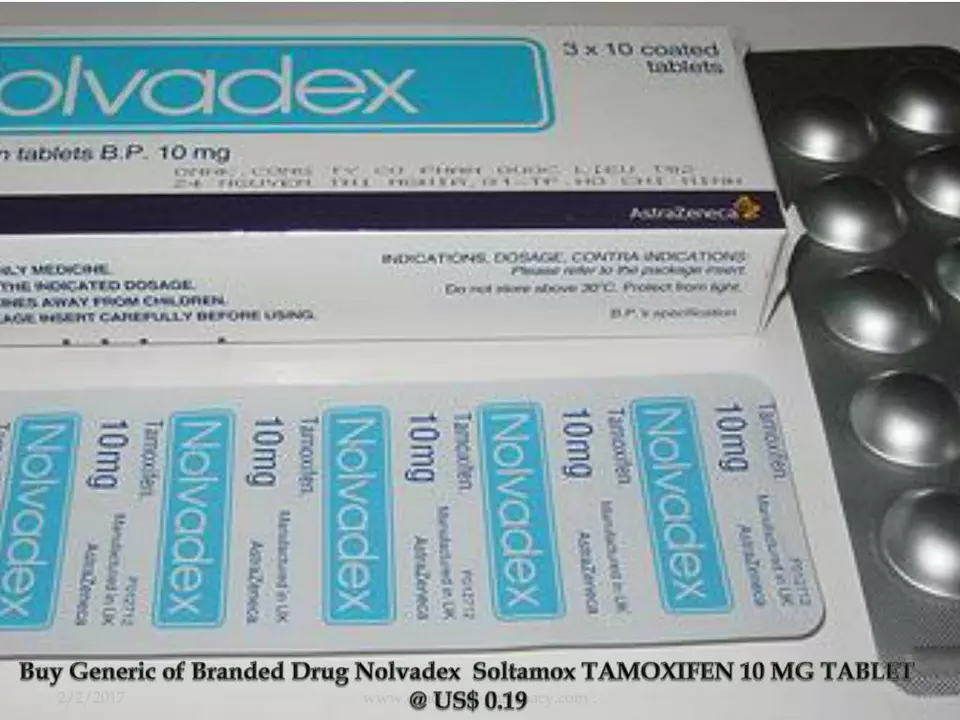Phenazopyridine: Quick Guide to Uses, Dosage, and Safety
Phenazopyridine is a medicine that eases pain, burning, and urgency from urinary tract irritation. People often use it for symptoms caused by urinary tract infections, catheter irritation, or after urinary procedures. It does not kill bacteria, so you still need antibiotics when an infection is present. Think of phenazopyridine as a short-term comfort tool, usually for two days while a doctor treats the cause.
Typical adult dosing is 200 mg three times daily after meals, or 100 mg two times daily for milder need. Always follow your prescriber's directions and avoid long-term use. If symptoms continue beyond two days, check back with your healthcare provider because the underlying problem may need a different approach.
What to expect and common side effects
One predictable effect is orange or red urine that can stain clothes or contact lenses—this is harmless but can surprise you. Other common side effects are headache, stomach upset, and dizziness. Serious reactions like yellowing skin, dark urine, or allergic symptoms are rare but require urgent care. If you notice persistent stomach pain, fever, or breathing problems, stop the drug and seek medical attention.
When phenazopyridine is not a good idea
Avoid phenazopyridine if you have known severe kidney disease or certain blood disorders like G6PD deficiency; those conditions raise risk of harmful effects. Pregnant or breastfeeding people should discuss risks and benefits with their doctor—limited data exists. Also avoid mixing with other drugs that affect urine color or kidney function without checking with a clinician.
Safe use tips: take it with food to reduce stomach upset; do not crush extended-release forms; store out of reach of children. If you are buying online, choose reputable pharmacies, look for pharmacist contact info, and avoid sites that sell prescription medicines without asking for a prescription.
Alternatives and complementary steps: for pain relief, simple measures like warm compresses, extra fluids, and over-the-counter pain relievers may help while waiting for treatment. For recurring urinary symptoms, urinary culture and targeted antibiotics give better long-term results. Cranberry products sometimes help prevent UTIs in some people, but they do not replace medical care.
Drug interactions can matter: phenazopyridine may hide blood in urine, which interferes with some lab tests, and combining it with other kidney-impacting drugs raises risk. Elderly people may need lower doses because kidneys clear the drug slower. Children should use weight-based dosing set by a pediatrician. Keep the medicine in original packaging and throw away expired tablets. If you notice signs of liver trouble such as persistent nausea, dark urine beyond the expected color, or yellow eyes, get checked. Use only as a bridge to proper diagnosis and treatment. Ask questions when unsure.
Bottom line: phenazopyridine is useful for short-term relief of urinary discomfort but not a cure. Use as directed, watch for orange urine and possible side effects, and contact your healthcare provider if symptoms persist or worsen. If you're unsure about dosing or interactions, ask a pharmacist or doctor before starting the medicine.




